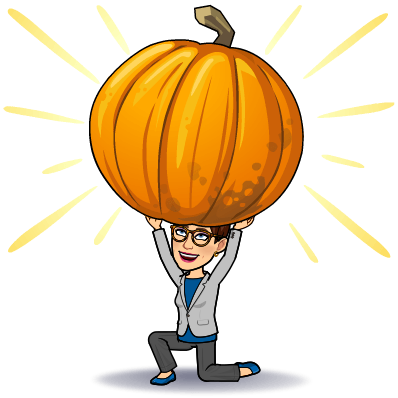I saw a post on a Library Facebook page that I follow recently asking if librarians allowed K-1 "free rein" of the library stacks, or if they were only allowed a controlled area. I was shocked and saddened at the percentage of librarians that said they only allowed kinder and 1st grades a controlled checkout. They pull books and lay on a table or cart, and students only can choose from those books.
I was curious about this, so I asked many of them that commented how long this "controlled" check out would last. I was again shocked and saddened that for the majority, it lasted all year. Why would we limit our readers like this? Why is it that so often, we as professionals, underestimate our young learners?
Teach them good choices
In my library, kindergarten is taught how to make good choices so that by week 4 or 5, they have free rein of the library. They can look at any shelves they want and choose their books. Do they get to walk all willy-nilly around the library the first week of school? Goodness, no! They have to be taught how to make their choices. The first week, we learn 'book care', then we move into using the shelf markers. The second and third week, they practice using their shelf markers on a book cart. I pull "good fit" books for them and put them on a cart like they would be on the bookshelves. After 2 weeks of practice, we move to the actual shelves and learn the "bookie lookie" song.
BOOKIE LOOKIE
(sung to the tune of Hokey Pokey)
You put your shelf marker in,
You pull a book right out,
You open up the book to see what it's about.
You do the bookie lookie and
you turn yourself about.
That's what it's all about!
They always ask to sing it over and over!!
After they learn using the shelf markers, we discuss choosing "good fit" books. I use examples from the library with books that are too hard, too easy, and just right. The next few weeks, the teacher and I help them make their choices, but by week 5 even my kindergarten students are going to the everybody, nonfiction, and biography sections and making their choices.
Why do I start them so early?
Our young learners are capable of so much more then we give them credit for. They are curious, observant, and learn quickly! Often times, they are limited by adults around them, simply because our expectations are not high, or we don't want to take the time to teach them. We are doing them a disservice when we don't teach them to be independent and don't teach them to make good choices.
Starting early, teaching the students to make good choices with their books, actually help grow better readers on your campus. If they learn to make their own choices at kinder and first grade, imagine how well they will be doing when they reach upper grades.
Every year, I am amazed at how well our little learners do at tasks that many adults say they aren't capable of doing. Believe they can!
Does it take time to teach them? YES! But it is all worth it to see them get so excited about a book that they picked out for them. It is so much more excitement than that first week when I pull the books out for them.
I know -- it is hard to let go of that control. Yes, they will make a mess the first few times, but it is a teaching moment. Go over to the shelf and ask, "what could we do better at here?" "Which way do we put the books back?" Isn't it more important that we get kids excited about reading??
Believe they can
For the sake of your young students, set your expectations higher! Believe in them, and teach them to make independent choices.
I once had a teacher doubt that her students could use Google Apps and the Chromebooks. I asked her to bring them into the library and let me help out. After only 2 sessions in the library, each kindergarten student could independently log in to their Chromebook and access Google Classroom. They can tell if you believe in them or not, and if they know you believe in them they will strive to reach your expectations!!







